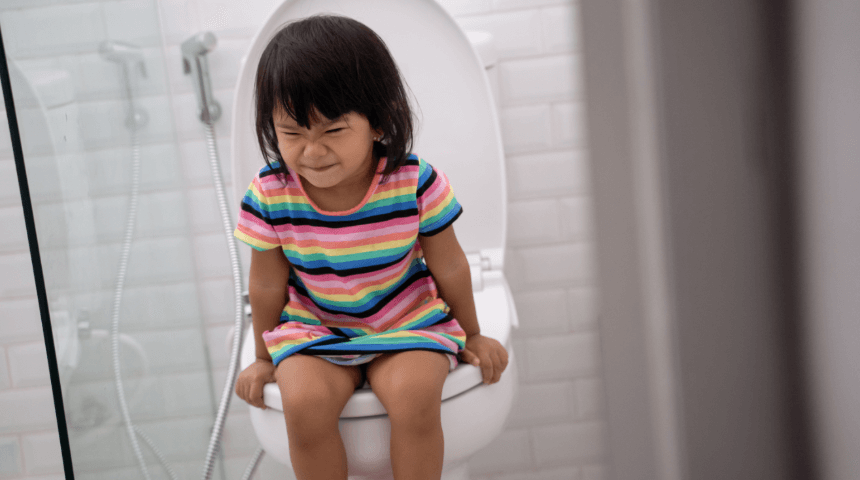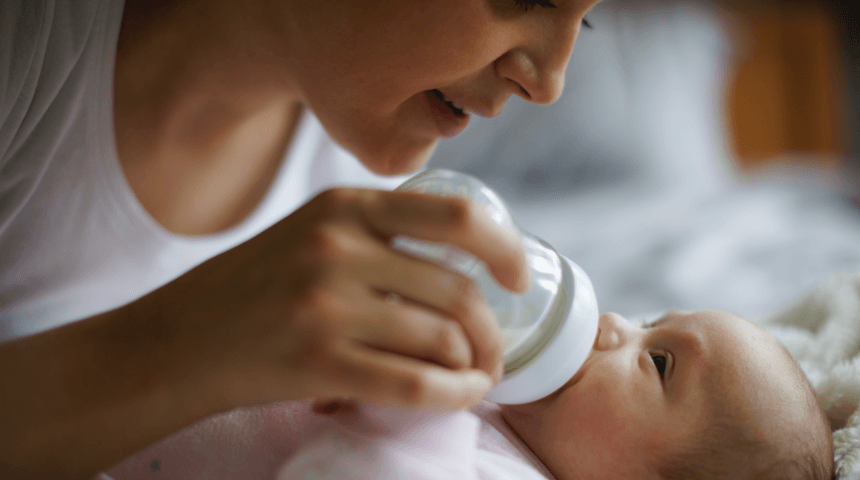No matter what you do, your baby just keeps crying and crying, and you don’t know what to do. As a pediatrician at Orlando Health Arnold Palmer Hospital for Children and a mother with my own personal experience, I can relate to this stressful and overwhelming situation. We expect babies to cry and show some fussiness, but around 5 percent to 25 percent of newborns cry a whole lot more than others, which can be very challenging for us parents to handle.
How Do I Know if My Baby Has Colic?
When an otherwise healthy baby cries excessively and inconsolably for no apparent reason, it is called infantile colic. Before we can say that a baby is suffering from colic, however, we have to be sure other medical problems aren’t causing the child to be upset. If your child’s doctor performs a thorough history and physical examination and excludes all other causes (baby is not sick, hungry, wet, tired, hot, or cold), then your child may be suffering from colic.
Colic is defined by the "Rule of Three."
- Intense crying that starts when a baby is about three weeks old (crying usually occurs late in the day, although it can occur anytime)
- Crying lasts for more than three hours a day
- Occurs more than three days a week
- Persists for more than three weeks in a row
Crying typically peaks at six to eight weeks of age and subsides by the time the infant is three to four months old. Physical causes (such as trauma, infection, gastrointestinal or central nervous system disorders) account for less than 5 percent of infants presenting with excessive crying, but a definitive cause of infantile colic is still unknown. For the majority of infants, this excessive crying may be a result of the child being unusually sensitive to stimulation and unable to self-soothe. As the infant matures and learns to soothe himself during these times of intense stimulation, the crying will resolve (often around three to four months old but potentially up to six months of age.)
How Can I Get Through the Tough Times?
As a mom of a little boy who suffered from colic, I have been in your shoes and know how distressing colic can be for the whole family. I understand how frustrating it is when no matter what you try, your baby just won’t stop crying.
Here’s what I learned when my son developed colic:
- It is very important that you recognize your limits. Anytime you feel tired and upset, let someone you trust watch your baby for a while, so you can get some rest.
- If you can’t find anyone to help you, put your baby down in a safe place and try going into another room for a bit. Then most importantly, take deep breaths and remember- crying itself won’t hurt your baby and as long as your baby is in a secure place, it is okay to let him cry for a while.
- It is totally okay to reach out for help and especially to say yes when people offer it. Knowing you are not alone on this can make a big difference.
- What also really helped me, was finding a group of moms to talk to and relate to- even if it was just to get out of the house for a little while.
- But most importantly, do not express your frustration by shaking your baby.
When my son cried inconsolably, I used Dr. Harvey Karp’s 5 S’s, which actually worked wonders for my son. I wish I would have known about it right from the start. Dr. Karp is a pediatrician and the author of the book The Happiest Baby on the Block. He advises parents to use the 5 S’s, which recreates the womb environment and activates the baby’s calming reflex.
The 5 S’s consist of:
- Swaddling
- Side position
- Shushing
- Swinging
- Sucking
Some babies will need all five, others just a few to calm down. My son would only calm down if I used all 5 S’s at the same time. We taught all of our family members how to use this technique and it pretty much always worked like a charm.
Helpful Resources
These resources can help you learn more about colic and how to address it:
- The 5 S’s
- Proper swaddling
- Dr. Harvey Karp’s website
Last but not least, don’t forget that time is on your side. There is definitely an end to the crying on the horizon, and my son is living proof. For now, you may have to put in a little extra energy and be very patient, but things will get better. My little fussy baby boy is 8 years old now and such a happy child.
Are You Interested in Learning More?
Sign up for our e-newsletter for more tips and best practices from pediatricians.
Sign Up Here









